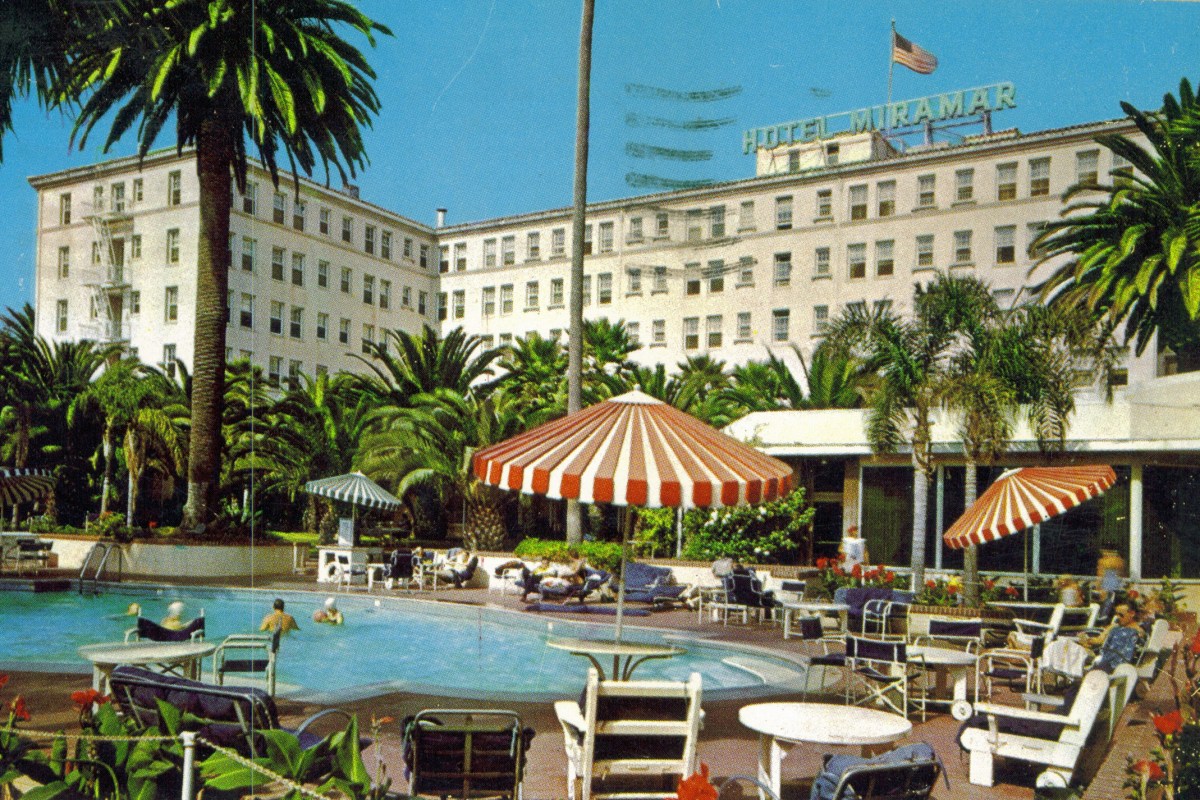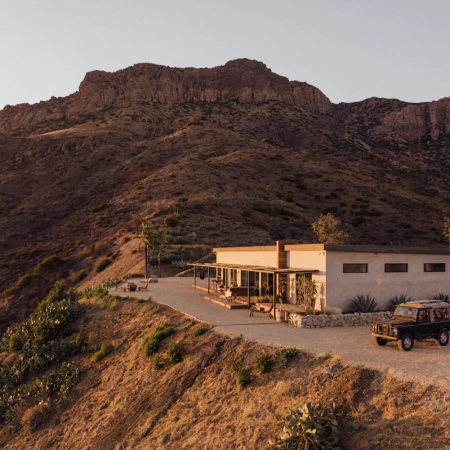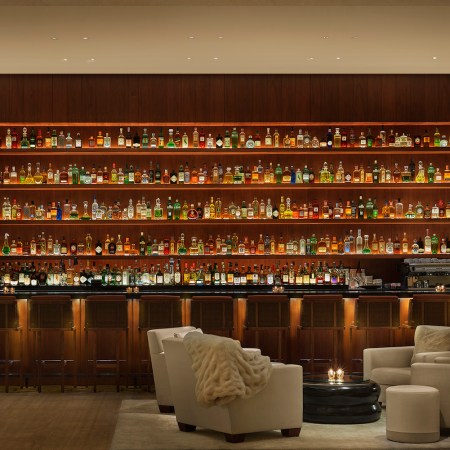The regal Fairmont Miramar has been lording over the corner of Ocean Avenue and Wilshire for over 100 years, a historic five-star hotel that’s managed to outlast a handful of owners, the sometimes temperamental conditions of the California coast (mud slides, fires, etc.), and a city that’s constantly shifting around it. Sometimes it feels like the newest and trendiest players always come out on top in the travel industry, but the real art of hospitality lies in winning trust over time — the longer, the better. And that’s exactly what one of Santa Monica’s most iconic hotels has been doing for the last century.
This hotel is inextricably intertwined with the history of Santa Monica, and in some ways, precedes the city itself. The original property where the Fairmont Miramar stands today was a personal residence for the mining mogul and Nevada senator John Percival Jones. Jones hand-picked the location himself in 1875 during an early visit to California and named the sprawling five-acre property Miramar, which translates literally to “sea view” from Portuguese/Spanish origins. Building a Victorian-style mansion on the spot in 1889, the first Miramar had turrets, chimneys and a veranda.
“This was the location they decided to build their mansion on,” explains Fairmont’s General Manager, Sam Jagger, who knows the property and its history inside and out. He rejoined the hotel as GM last summer, after an earlier stint about a decade ago as the Director of Sales & Marketing. His appreciation for what the property represents has always been rooted in its history. “Jones stood here when he arrived in the 1880s and said, ‘This is the best location in Santa Monica and I’m putting my house right here,’” Jagger continues. “And to this day, I can still relate to that.”
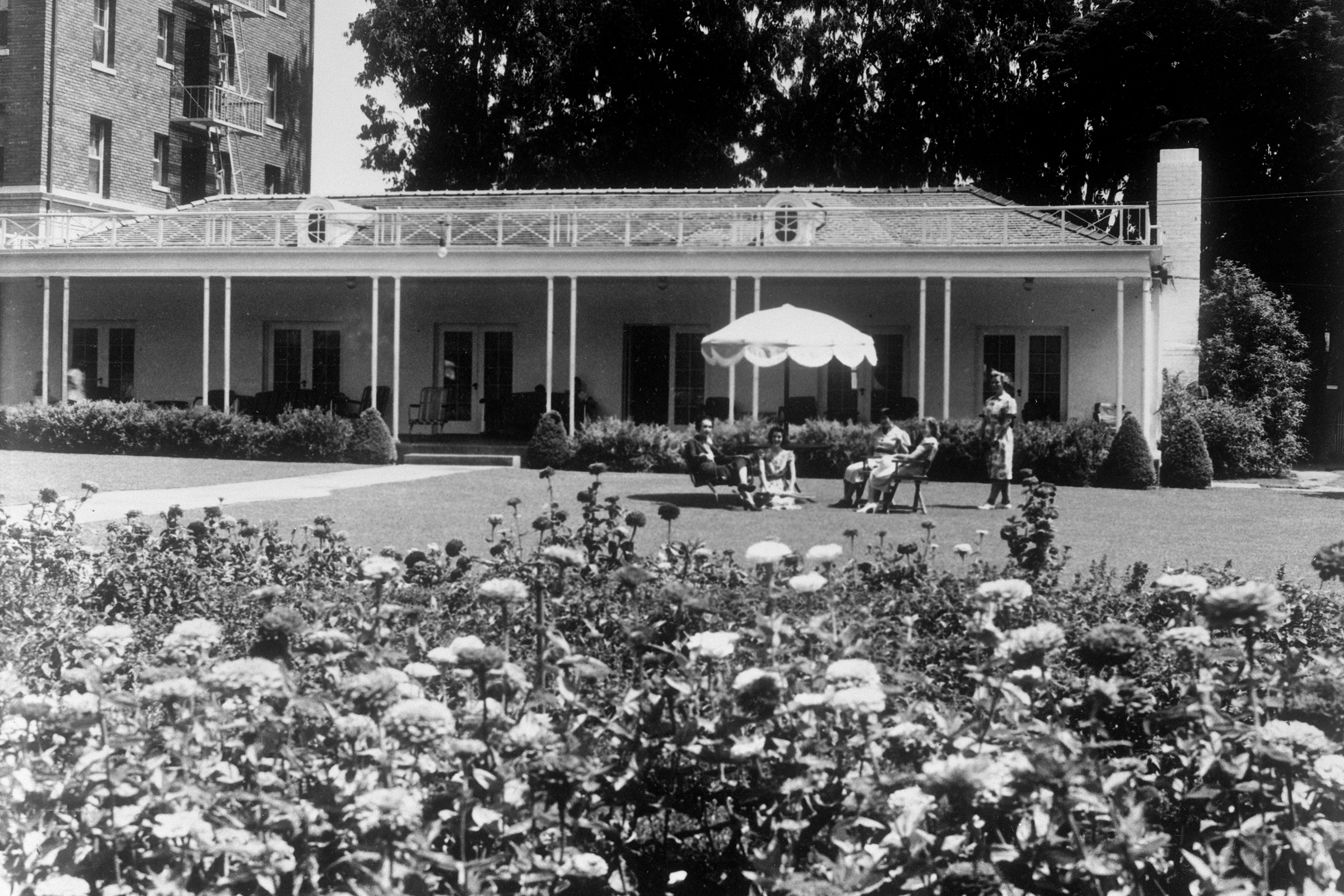
Plenty of people can — with ocean views from the pool, bungalow grounds and a bulk of the property’s 297 available rooms, the hotel’s proximity to the beach is a big part of its appeal. With a central location near the Palisades, Venice, and landmarks like the downtown shopping district and Santa Monica pier, accessibility is definitely a factor in Miramar’s longevity as a haven for out-of-town visitors. Back before the area was settled, though, Senator Jones was also instrumental in the growth of Santa Monica; he co-founded the city in 1875, along with Colonel Robert S. Baker, and erected the first railroad from Los Angeles to Santa Monica.
It was the senator’s second wife, Georgina, who turned the lavish mansion in this remote, new city into a real home. She threw parties and hosted esteemed guests like Susan B. Anthony and Mark Twain, helping the city come into its own as a cultural center due to her interests in art and literature. According to hotel lore, Georgina is also the one responsible for the property’s majestic Moreton Bay Fig Tree, which was formally declared a historic landmark in 1976 by the Santa Monica Landmarks Commission.
“The legendary story I have heard, which I believe is accurate, is that there was a bunch of people visiting from Australia, maybe a few sailors,” Jagger remembers. “They got caught up in a saloon, up the street drinking, and they couldn’t pay their bill at the saloon. In lieu of paying their bill, they gave this sapling tree, which is a beautiful member of the ficus family, from Australia.” The saloon owner, who was a close friend of the Jones family, then gave the sapling to Georgina. As a botanist who loved gardening, Georgina not only installed a rose garden on property but had the tree planted right near the entrance to Miramar, where it’s stood for close to 150 years.
After the original owners left, the property changed hands several times, and was formally transformed from a mansion into a hotel in 1921. Hotelier Gilbert Stevenson purchased the estate and grounds, and almost immediately updated his newly established Hotel Miramar by adding a six-story apartment building for guests who were staying at the beach for a week or more. Now dubbed the “Palisades wing,” these historic residences housed former long-term occupants like Greta Garbo, who landed at Miramar when she first moved to America from Sweden, and a young senator named John F. Kennedy, who lived there for a spell with his wife Jackie.
The onset of The Great Depression halted hotel growth in the 1930s, and it was sold again. In 1939, owner Thomas Hull replaced the original house with a modern building, added the site’s first swimming pool and built the bungalow clusters that help set the property apart. Though the main building was updated again in 1959, Miramar’s signature stand-alone bungalows retain plenty of their nostalgic ‘30s-era charm, representative of a hotel style that’s emerged out of California weather and Angeleno culture of privacy, particularly during the age of COVID.
“Even as a hotelier, the Beverly Hills Hotel or the Hotel Bel-Air are the two I think of that have this unique bungalow option,” Jagger says. “But the Miramar bungalows range anywhere from 350 to 2500 square feet. I think the mindset shifted: People now feel safer, because of Covid, entering hotel rooms from the outdoors. And the landscaped environment is important; it adds a sense of security as well.” With these 31 garden bungalows, the Palisades wing, and the ten-story Ocean Tower, the Fairmont property actually includes three different room types. Dealer’s choice between what their website describes as “private 1930s garden bungalows,” the “historic residential Palisades wing” and of course, an “immaculately restored 1950s ocean-facing tower.”
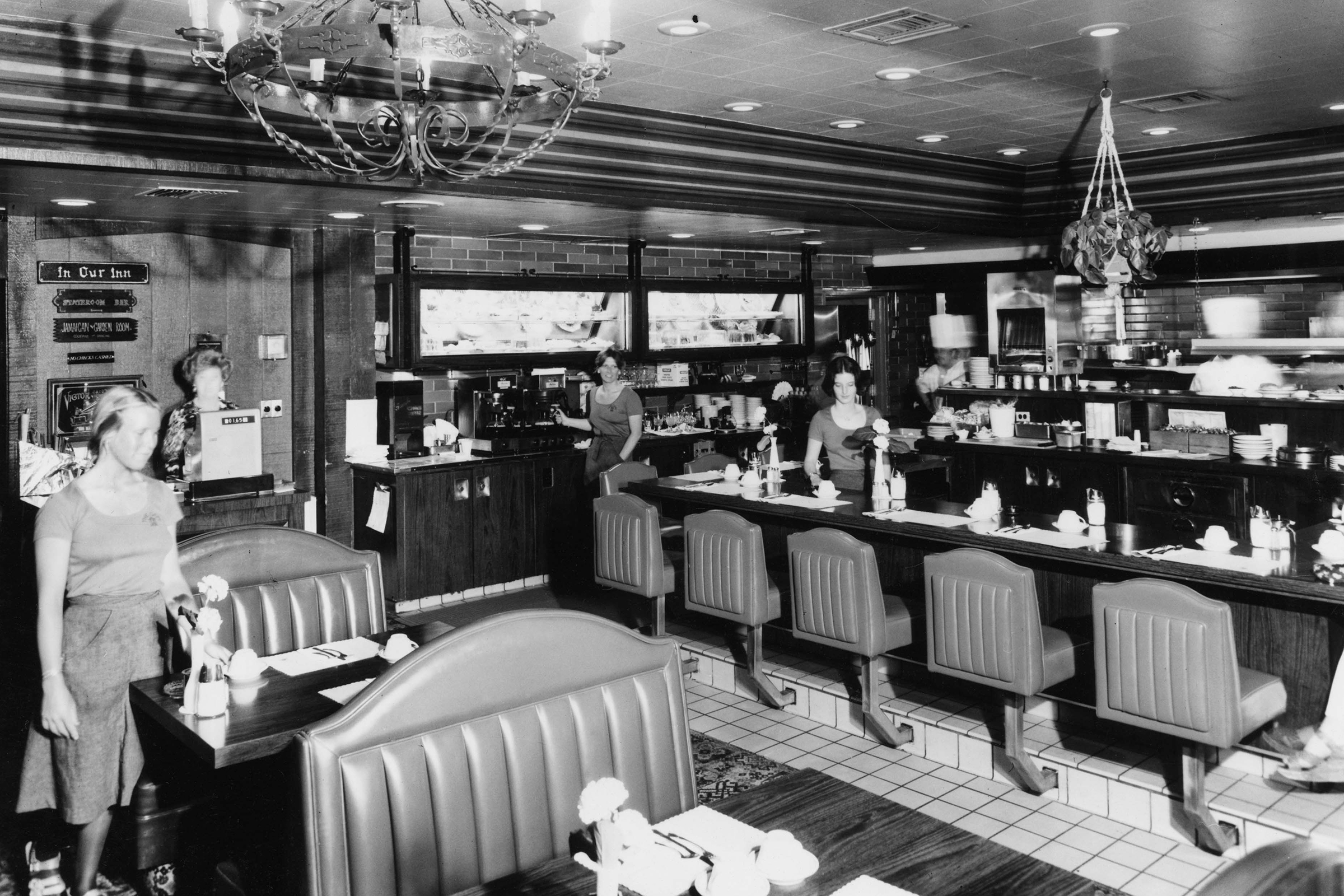
Jagger explains that each of these three options has a different aesthetic, and serves a different purpose, so guests of all backgrounds can select the option that suits them best. “We’ve designed the bungalows to really have that beach aesthetic in mind, unlike the tower, which is more mid-century modern,” he says. “We designed the interiors based on when it was built. And then the Palisades building is really much more New York loft style.” After a sea of different owners, in 1999 the hotel was purchased by Maritz, Wolff & Co., which conducted a $16 million renovation and brought in Fairmont Hotels & Resorts to manage the grounds. The Fairmont was sold once more, in 2006, to MSD Capital LLP, which began investing heavily in the hotel’s food and beverage offerings.
Under their stewardship, the room options aren’t the only place where the modern Miramar shows its range. The daytime-bar into nighttime-club, Bungalow, which opened in 2012, has become a staple for day-drinking and nightlife on the west side. The property’s in-house restaurant, Fig, serves up impeccable menus at all hours, and a newly opened coffee house, affectionately called Dogtown Coffee, is so popular that not just hotel guests but neighborhood patrons are constantly zipping in and out to get their buzz on. Additionally, a brand new sushi bar, Soko Sushi, is gaining a reputation as a small but mighty new presence serving traditional, elegant rolls and sashimi in the hotel’s lobby.
While none of these options were part of the hotel’s early history, the robust F&B offerings are part of its future, especially as the expectations for hotel dining are higher than ever. But the Miramar is raising the bar too; their latest offering is a late-night, elevated lobby lounge bar called Georgina’s, a nod to the rose-loving owner who started it all. Slated to open this fall, the newest addition will feature snacks and cocktails with an ocean view, an arrangement that will be in style for the next hundred years, too.
Given the property’s legacy as a cornerstone of hospitality in Santa Monica, Jagger reflects that a lot of the appeal is the full circle, cyclical nature of the hotel and the guests who return. “A lot of it is that it’s multigenerational,” he says. “A lot of people come here who probably got married here 50 years ago, or 40 years ago. So their kids come through, and they have their big celebrations here. For a lot of people who come through, there’s a massive amount of love for this place.”
This article was featured in the InsideHook LA newsletter. Sign up now for more from the Southland.
